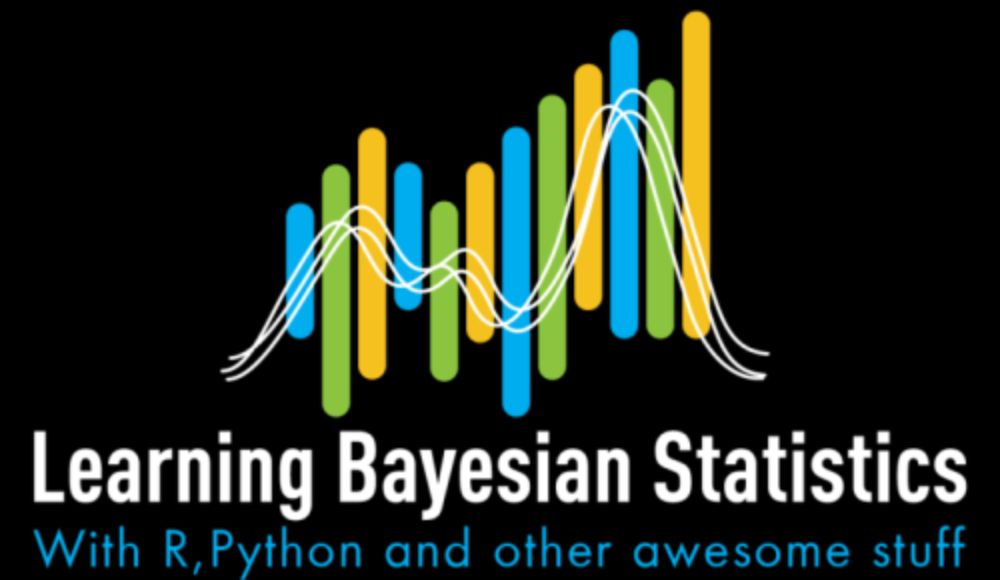Posts
Media
Videos
Starter Packs
Adrian Seyboldt
@aseyboldt.bsky.social
· May 27
Adrian Seyboldt
@aseyboldt.bsky.social
· Apr 17
Adrian Seyboldt
@aseyboldt.bsky.social
· Apr 17
Adrian Seyboldt
@aseyboldt.bsky.social
· Mar 10
Adrian Seyboldt
@aseyboldt.bsky.social
· Dec 27
Adrian Seyboldt
@aseyboldt.bsky.social
· Nov 20
Adrian Seyboldt
@aseyboldt.bsky.social
· Nov 19
